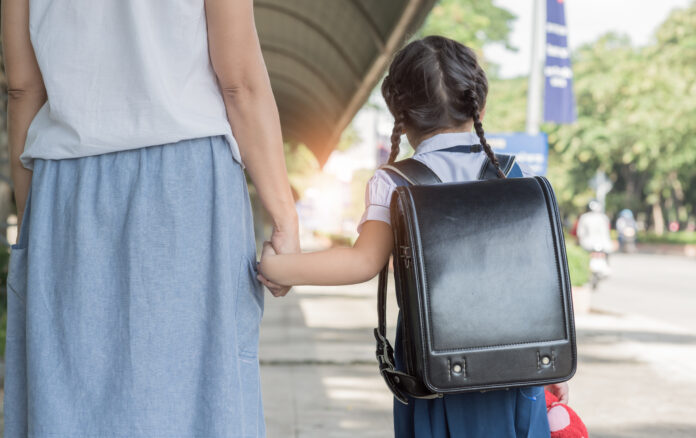When raising children in Okinawa, one of the important decisions for many international families is whether to enroll them in a Japanese school or an international school.
Here’s a simple comparison of the differences between the two, with some points to help you decide based on your family’s situation.
Differences Between Japanese Schools and International Schools
| Japanese Elementary Schools | International Schools | |
| Language of Instruction | Japanese | English (some schools are Eng/Jap) |
| Curriculum | Japanese Ministry of Education curriculum | American, IB (International Baccalaureate), or other systems |
| Tuition | Free for public schools (school lunch fees vary by municipality) | Expensive (from several hundred thousand to two million yen per year) |
| Admission Requirements | Open to all with resident registration | Requires interviews and English proficiency tests |
| Language Environment | Full immersion in native-level Japanese | English environment with an international focus |
| Cultural Experience | Connects with local Japanese children and culture | Opportunity to make friends from diverse international backgrounds |
| Advantages | Great choice for families planning long-term stay in Japan | Ideal for families considering overseas education in the future |

In Japanese elementary schools, textbooks and other learning materials are funded by the government, so there are not as many fees as you would expect.
Purchasing personal items such as uniforms (if required), PE clothes, indoor shoes, a “randoseru” (traditional school backpack), and basic supplies like notebooks and stationery.
Swimming classes are part of the curriculum during the summer.
At the beginning of each school year, a small parent association fee is collected to support activities like sports days and local safety programs.
The sports day is different from the American style — students spend about a month preparing group performances such as traditional dances and martial arts demonstrations by class or grade. There are also races and long-distance running events.
For upper-grade students, there are often performances involving instruments like Japanese drums (taiko), melodicas (pianicas), or organs.
In some areas, even school lunch fees are fully covered.
School lunches are free in cities and towns such as Naha, Haebaru, Chatan, Kadena, and Nago (2025). Other areas like Onna Village and Yomitan Village are also considering making lunches free in the future.
Japanese school lunches offer a great opportunity for children to practice using chopsticks and experience Okinawan food culture.
In addition to academics, Japanese elementary schools uniquely incorporate activities such as cleaning the classroom, growing the plants, and serving lunch to students, which help teach responsibility and teamwork. Even 6 year old kids working at the school by themselves.
The earlier a child starts attending, the easier it is for them to naturally adapt to these customs.
Especially in Okinawa, there is a long history of foreign residents, even offering support for Japanese language classes for students whose first language is English — a wonderful example of Okinawa’s inclusive educational approach.
In Okinawa, many Japanese children also attend international schools. Making friends with English-speaking Japanese families could make your life in Okinawa even more enjoyable! Most international schools in Okinawa also offer Japanese language classes.
Additionally, thanks to the presence of many U.S. military bases, churches are quite common throughout Okinawa.
Points to Consider Choosing
When Japanese Schools are a Good Choice:
- The family plans to stay in Japan long-term or permanently.
- You want your child to learn authentic, everyday Japanese.
- You want to keep costs low and help your child integrate into the local community.
- Your child is relatively young and adapts quickly to languages (preschool to early elementary school).
When International Schools are a Good Choice:
- The family plans to move back to their home country or to another country in a few years.
- The child has already been educated in an English-speaking country.
- The child is considering studying abroad or pursuing an international career in the future.
- There are concerns about education in Japanese (especially for higher elementary grades or beyond).




